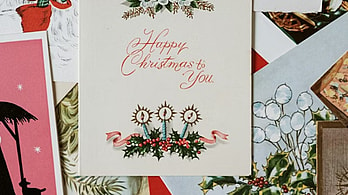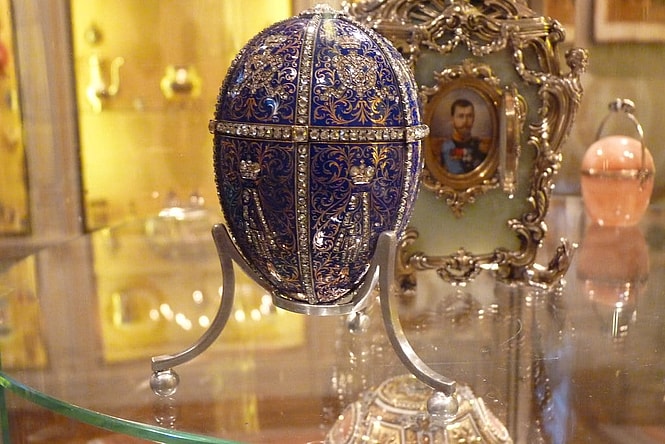
The Victorian Era, named after Queen Victoria who reigned from 1837 to 1901, was a time of great transformation and exuberance in Britain. This period saw the height of the British Empire‘s power and influence, along with significant advancements in technology, science, and the arts. The Victorian Age was marked by its contrast of opulence and social reform, creating a rich tapestry of cultural artifacts that continue to capture the imagination of collectors and historians of the most valuable artifacts from the Victorian Era.
During this era, the burgeoning middle class, the advancement of industrialization, and the growth of global trade contributed to a flourishing of arts and craftsmanship. The era’s penchant for grandeur and intricacy is reflected in most valuable artifacts from the Victorian Era, ranging from sumptuous jewelry and fine furniture to elaborate decorative objects and personal memorabilia. Today, many most valuable artifacts from the Victorian Era are highly sought after, not just for their historical significance but also for their exquisite craftsmanship and the stories they tell.
This article explores 14 of the most valuable artifacts from the Victorian Era, ranked from the least to the most expensive. Each entry is celebrated not only for its monetary value but also for its cultural and historical importance. Whether a lavish piece of jewelry or a meticulously crafted piece of furniture, these artifacts offer a glimpse into the opulence and artistry of the Victorian era.
Read More: 10 Rare Titanic Artifacts and the Cool Stories They Tell
14. Victorian Silver Tea Service – $20,000
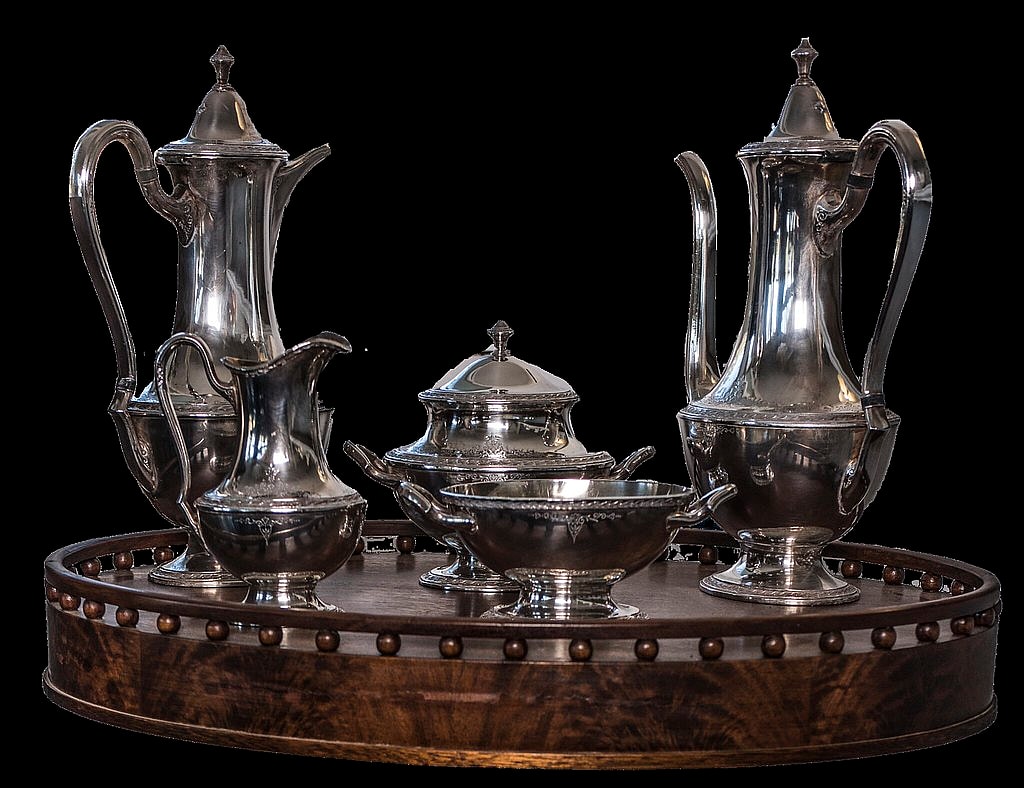
Victorian silver tea services are a quintessential symbol of the era’s refined taste and social status as some of the most valuable artifacts from the Victorian Era. Crafted with exceptional skill, these services often include a teapot, sugar bowl, creamer, and sometimes a matching tray. They are distinguished by their ornate designs and the high-quality materials used.
One notable example is a silver tea service by Edward Barnard & Sons, a prestigious British silversmith. This particular set, featuring intricate floral engravings and repoussé work, sold for approximately $20,000. The service is an exemplary representation of Victorian craftsmanship, showcasing elaborate patterns and a meticulous attention to detail that were typical of the period.
The tea service was more than just a functional item; it was a display of wealth and sophistication as one of the most valuable artifacts from the Victorian Era. During the Victorian era, tea drinking became a social ritual, and having an elaborate tea service was a mark of social standing. The value of these sets is influenced by the intricacy of their design, the reputation of the silversmith, and their historical provenance. Collectors prize these tea services for their aesthetic appeal and their connection to Victorian social customs.
The craftsmanship involved in creating a Victorian silver tea service is considerable. Silversmiths would start with a base of high-quality silver and then use techniques such as repoussé (hammering the metal from behind to create a raised design) and engraving to create detailed patterns. The process involved a high degree of artistry and skill, making each tea service a unique piece of functional art.
13. Queen Victoria’s Personal Jewelry – $30,000
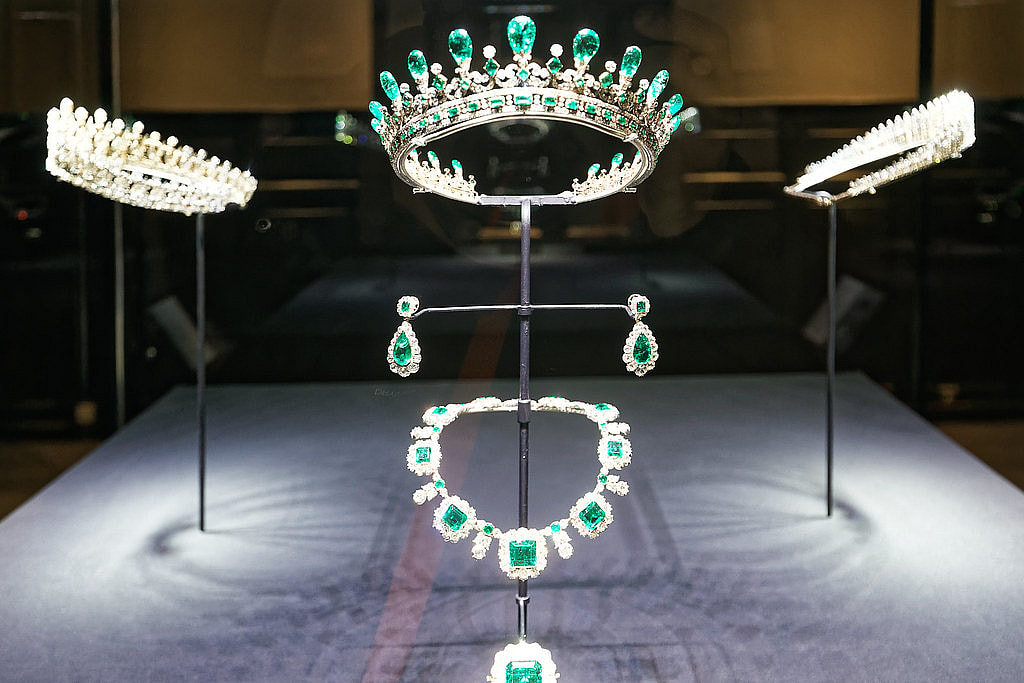
Queen Victoria’s personal jewelry is an exceptional reflection of Victorian elegance and style. Her collection includes a variety of exquisite pieces, from brooches and necklaces to rings and earrings, some of the most valuable artifacts from the Victorian Era. These items not only reflect the fashion of the time but also hold personal significance, often given as gifts or created to commemorate important events.
A diamond and sapphire brooch from Queen Victoria’s collection is a prime example of her jewelry’s opulence. Designed by the renowned jeweler Garrard & Co., this brooch recently sold for approximately $30,000. The piece features a large sapphire surrounded by diamonds, set in an intricate design that exemplifies the Victorian penchant for grandeur.
Queen Victoria’s jewelry was often imbued with personal meaning and sentimental value. The diamond and sapphire brooch, for instance, was not just a fashion accessory but also a reflection of her royal status and personal taste. The gemstones used in her jewelry were typically of the highest quality, and the designs were often elaborate, showcasing the skill of the jewelers who crafted them into the most valuable artifacts from the Victorian Era.
The value of Queen Victoria’s personal jewelry extends beyond the intrinsic worth of the materials. It also encompasses the historical and emotional significance of the pieces. Jewelry belonging to a historical figure like Queen Victoria is highly prized not just for its craftsmanship but also for its connection to a significant period in British history.
Also Read: 11 Powerful Civil War Generals That Defined America
12. Victorian Writing Desk – $45,000
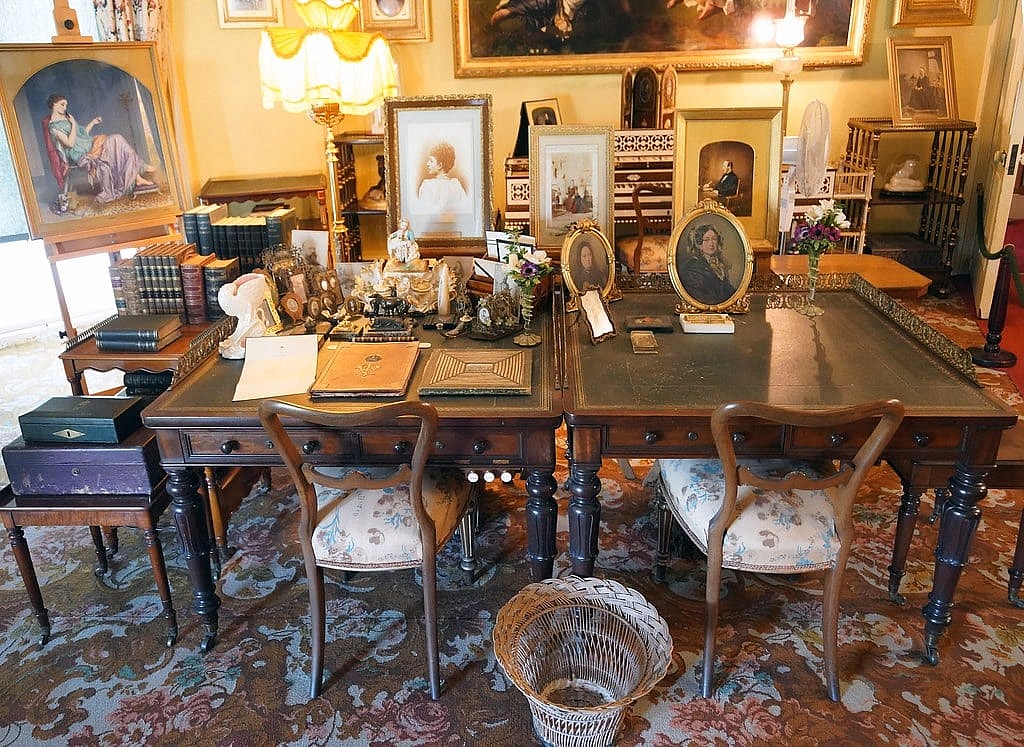
Victorian writing desks are a testament to the era’s dedication to craftsmanship and style as some of the most valuable artifacts from the Victorian Era. These desks were designed to be both functional and ornamental, often featuring elaborate carvings, inlays, and the use of exotic woods. They were typically found in the studies or libraries of the wealthy and were prized for their beauty and utility.
One exemplary Victorian writing desk, crafted by the esteemed furniture maker Gillows of Lancaster, recently sold for $45,000. The desk is notable for its elaborate inlay work and intricate carvings, including floral and geometric patterns that highlight the craftsmanship of the period.
Gillows of Lancaster was known for producing high-quality furniture with detailed designs, and this writing desk is a prime example of their work. The desk features rich mahogany wood with intricate marquetry and inlays that are characteristic of Victorian furniture as some of the most valuable artifacts from the Victorian Era. The craftsmanship involved in creating such a piece was extensive, requiring skilled artisans to meticulously carve and assemble the various components.
The writing desk also represents the Victorian era’s emphasis on the importance of the home office. During this time, there was a growing focus on intellectual and administrative work, and having a well-crafted desk was a symbol of one’s social status and commitment to personal and professional endeavors.
11. Victorian Miniature Portraits – $50,000
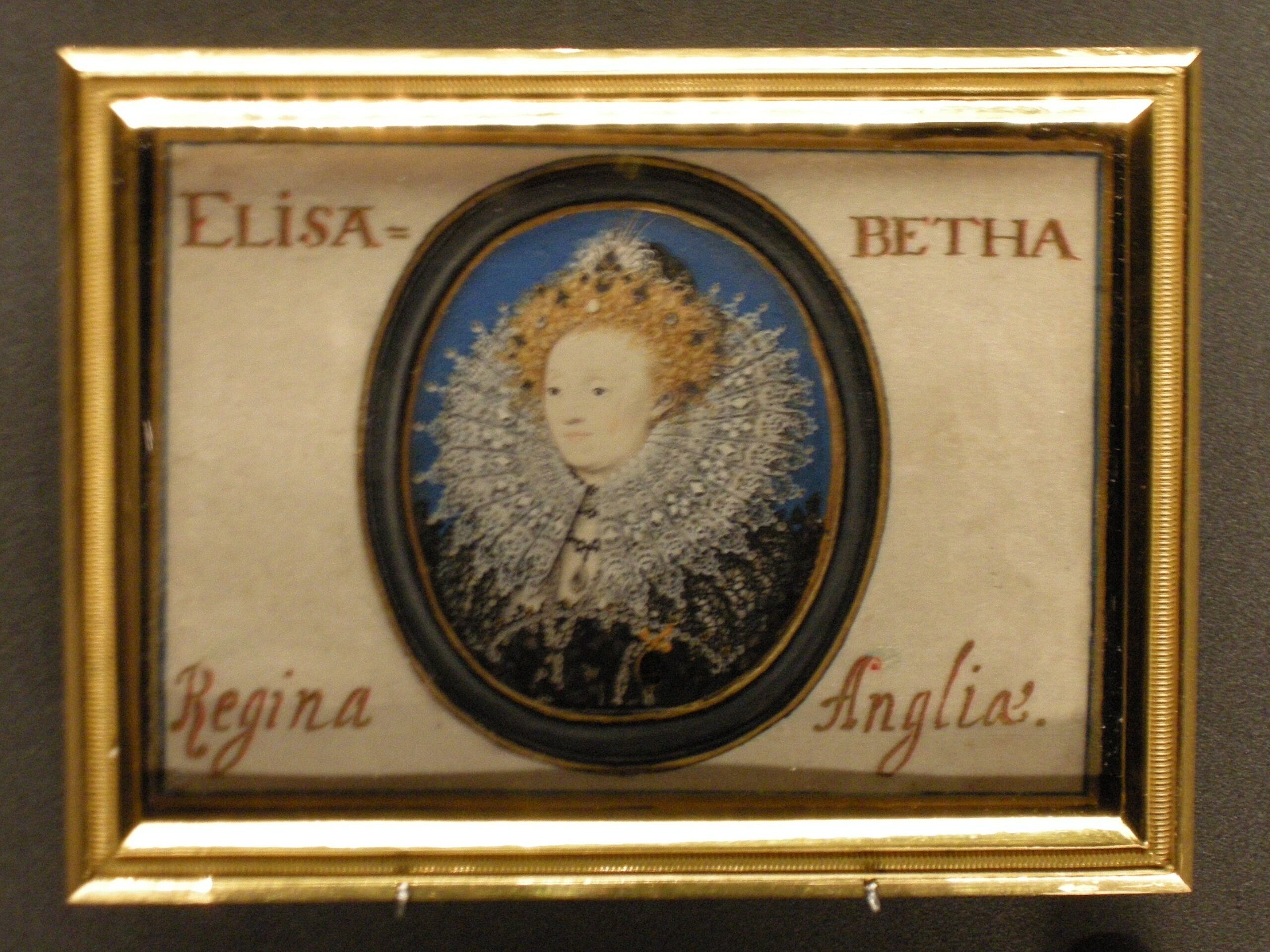
Miniature portraits were a popular form of art during the Victorian era, serving as personal keepsakes and tokens of affection. These portraits, often painted on ivory or small pieces of enamel, were highly detailed and captured the likenesses of loved ones or notable figures as some of the most valuable artifacts from the Victorian Era.
A collection of Victorian miniature portraits, including works by celebrated artists such as Richard Cosway, recently fetched around $50,000 at auction. These portraits are valued for their exceptional artistry, which requires immense skill and precision. The miniatures often depict individuals in elaborate clothing, showcasing the fashion and style of the period.
The value of these miniature portraits is also tied to their historical significance as some of the most valuable artifacts from the Victorian Era. They provide a personal glimpse into the lives of the people who commissioned or were depicted in these artworks. The attention to detail in these portraits reflects not only the skill of the artists but also the importance of personal expression and remembrance during the Victorian era.
Miniature portraits were often commissioned by wealthy individuals as personal mementos or gifts. The portraits were meticulously painted to capture the sitter’s likeness and personality, and their small size made them ideal for keeping close or displaying in small, ornate frames.
Read More: 18 Top Vintage Things Worth Money
10. Queen Victoria’s Wedding Dress – $65,000
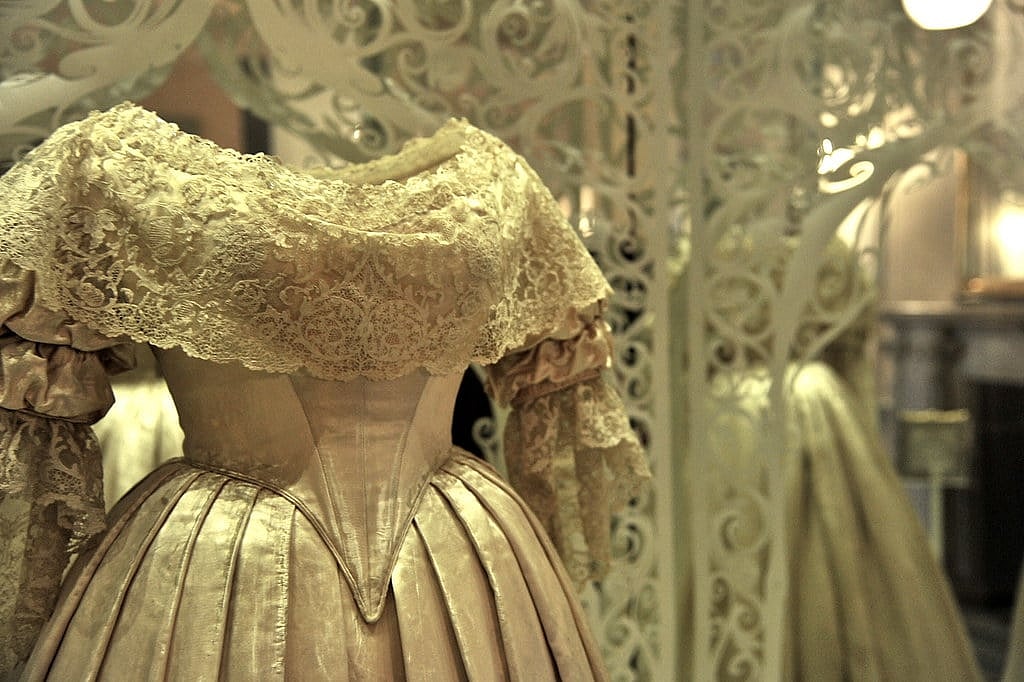
Queen Victoria’s wedding dress is a historically significant artifact that represents a pivotal moment in fashion history. Designed by Charles Frederick Worth, the dress was made of white silk satin and adorned with Honiton lace, setting a precedent for bridal fashion that continues to this day.
This iconic garment, which recently sold for $65,000, is valued not only for its intricate design but also for its historical significance. Queen Victoria’s choice of white for her wedding dress was groundbreaking and influenced bridal fashion worldwide as one of the most valuable artifacts from the Victorian Era. The dress is characterized by its luxurious fabric, elaborate lace detailing, and the elegant silhouette that defined Victorian bridal couture.
The wedding dress is also a symbol of Queen Victoria’s influence on fashion and the cultural shift it represented. Before her wedding, brides typically wore their best dresses, often in colors such as blue or silver. Queen Victoria’s decision to wear white was both a personal choice and a statement of elegance, and it soon became the standard for brides across the Western world.
The dress itself is a testament to the skill of the designers and seamstresses of the time, making one of the most valuable artifacts from the Victorian Era. The use of Honiton lace, which was hand-made in Devon, England, adds a layer of intricate detail and craftsmanship to the garment. Preserved in excellent condition, Queen Victoria’s wedding dress remains a cherished piece of fashion history.
9. Victorian Porcelain Figurines – $90,000
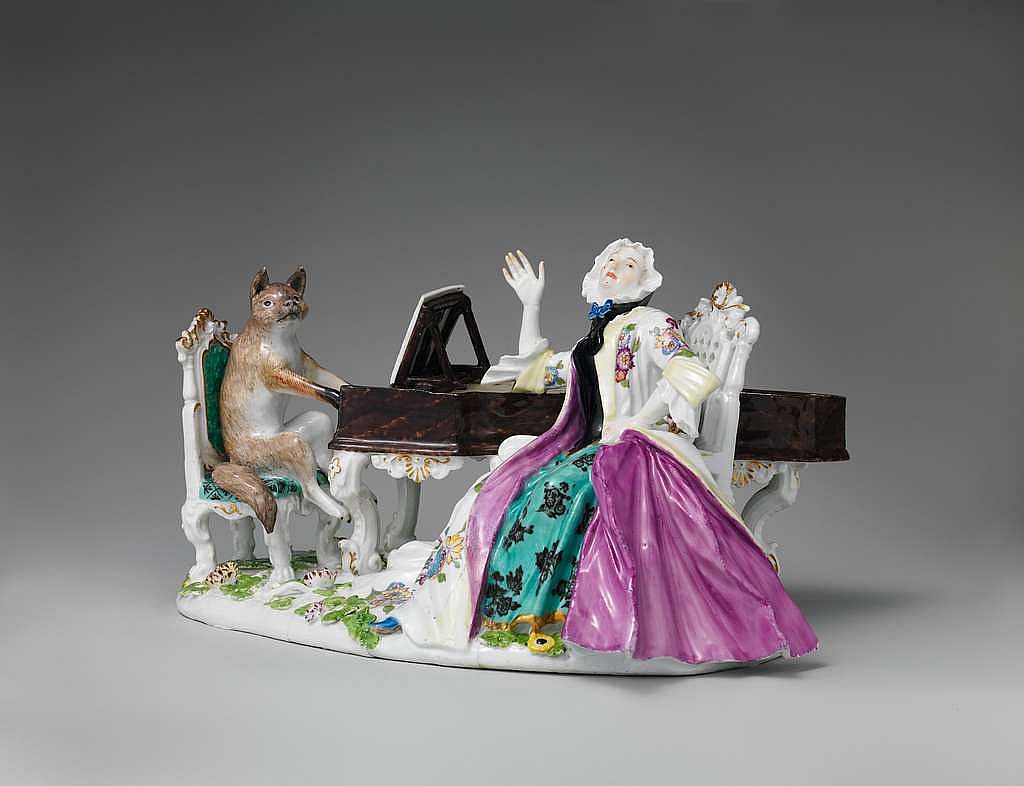
Porcelain figurines from the Victorian era are highly collectible, often featuring elaborate designs and fine craftsmanship. These figurines typically depicted scenes from literature, mythology, or daily life and were produced by prestigious manufacturers such as Royal Worcester or Meissen as some of the most valuable artifacts from the Victorian Era.
A rare set of Victorian porcelain figurines, including limited-edition pieces from the Royal Worcester collection, recently achieved a price of $90,000. The figurines are valued for their exceptional artistry, intricate detailing, and the high-quality porcelain used in their production. Each piece often includes delicate hand-painted details and is characterized by the skill of the artisans who created them.
Royal Worcester, one of the leading manufacturers of porcelain during the Victorian era, was known for its high standards of craftsmanship and design, making some of the most valuable artifacts from the Victorian Era. The company produced figurines that were both beautiful and collectible, often featuring themes such as historical events, pastoral scenes, or allegorical subjects.
The value of these figurines is further enhanced by their rarity and the historical context in which they were created. Porcelain figurines from the Victorian era offer a glimpse into the artistic sensibilities of the time and are prized by collectors for their beauty and historical significance.
Also Read: Weird Songs: Did You Know the History Behind These 14 Weird Songs?
8. Victorian Automaton – $110,000
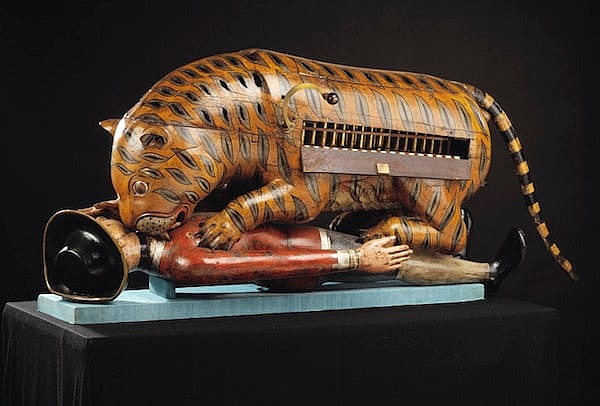
Automatons were mechanical devices designed to imitate human or animal movements, often powered by intricate clockwork mechanisms. These elaborate creations were popular during the Victorian era and were highly prized for their craftsmanship and ingenuity as one of the most valuable artifacts from the Victorian Era.
One particularly elaborate Victorian automaton, featuring a mechanical ballet dancer, recently sold for $110,000. The automaton is valued for its complex mechanism, artistic design, and the rarity of such pieces. The mechanical ballet dancer showcases the ingenuity of Victorian engineers and the attention to detail that went into creating these fascinating devices.
Automatons were often commissioned by wealthy individuals as luxury items or as displays of technological prowess. The complexity of the mechanisms involved required highly skilled craftsmen and engineers, making each automaton a unique work of art as one of the most valuable artifacts from the Victorian Era. The ballet dancer automaton, for instance, features a finely tuned mechanism that allows the figure to perform intricate dance movements, reflecting the sophistication of Victorian engineering and design.
The high value of these automatons is a testament to their rarity, craftsmanship, and the historical context in which they were created. They offer a fascinating glimpse into the technological advancements and artistic sensibilities of the Victorian era.
7. Victorian Tiffany Lamps – $140,000

Tiffany lamps are renowned for their stunning stained glass designs and intricate metalwork, embodying the Art Nouveau style that was popular during the Victorian era. These lamps are highly collectible and are celebrated for their beauty and craftsmanship as some of the most valuable artifacts from the Victorian Era.
A rare Victorian Tiffany lamp, with a detailed floral design and exceptional craftsmanship, recently fetched $140,000. The lamp’s value is attributed to its exquisite stained glass panels, which are often hand-cut and assembled to create intricate patterns and vibrant colors. The base of the lamp is typically adorned with elaborate metalwork, further enhancing its aesthetic appeal.
Tiffany lamps were crafted by the renowned Louis Comfort Tiffany and his studio, which was known for its innovative use of glass and metal. The lamps were often commissioned by wealthy individuals and were displayed in grand homes as symbols of luxury and sophistication as some of the most valuable artifacts from the Victorian Era. The intricate designs and high-quality materials used in these lamps contribute to their high value and enduring popularity among collectors.
The value of a Victorian Tiffany lamp is also influenced by its condition and provenance. Well-preserved examples with original glass and metalwork are particularly sought after, and their rarity adds to their appeal.
Read More: 12 Unique Nerdy Gifts for Any Friend or Family Member
6. Victorian Gold Coins – $160,000
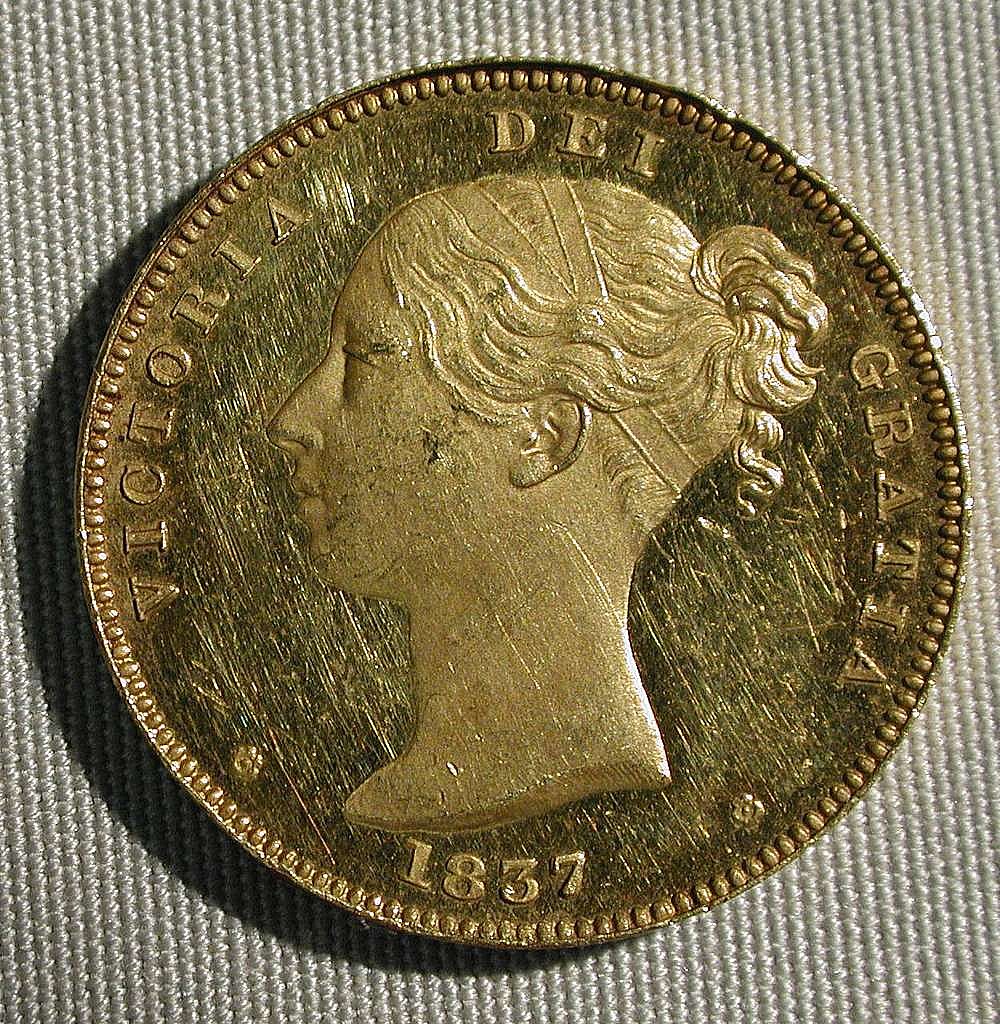
Gold coins from the Victorian era are highly collectible and valuable due to their historical significance and the purity of the gold used in their minting as some of the most valuable artifacts from the Victorian Era. These coins often feature portraits of Queen Victoria and are prized by numismatists for their rarity and condition.
A set of rare Victorian gold coins, including several mint-condition sovereigns and double sovereigns, recently sold for $160,000. The high value of these coins is attributed to their rarity, the quality of the gold, and their historical context. Victorian gold coins were minted during a time of significant economic and political change, making them important artifacts of the era.
The design of Victorian gold coins often included intricate details and portraits of Queen Victoria, reflecting the artistry and craftsmanship of the time. Collectors value these coins not only for their monetary worth but also for their role in documenting the economic history of the Victorian period.
The condition of the coins is a crucial factor in determining their value as some of the most valuable artifacts from the Victorian Era. Coins that are in mint condition, with minimal wear and tear, are particularly sought after by collectors. The historical significance and rarity of these coins contribute to their high market value.
5. Victorian Emerald and Diamond Necklace – $200,000
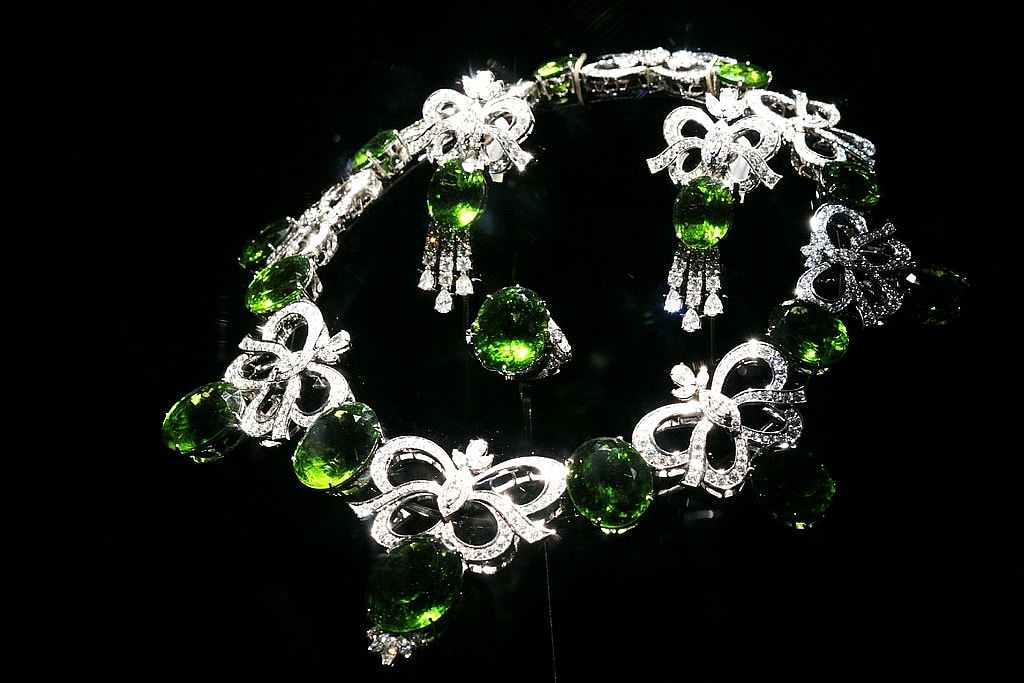
Victorian jewelry is renowned for its exquisite designs and the use of high-quality gemstones. One of the most valuable pieces from this period is a stunning emerald and diamond necklace, which exemplifies the elegance and opulence of Victorian jewelry.
This particular necklace, featuring large emeralds set in a framework of diamonds, recently achieved a price of $200,000 as one of the most valuable artifacts from the Victorian Era. The necklace’s value is driven by the quality of the gemstones, the craftsmanship of the setting, and its historical significance. Victorian jewelry was often designed to display wealth and sophistication, and this necklace is a prime example of that tradition.
The emeralds used in the necklace are of exceptional quality, with rich green hues that are highly prized by collectors. The diamonds, carefully set around the emeralds, add to the necklace’s brilliance and sparkle. The intricate design of the necklace showcases the skill of the jewelers who created it and reflects the high standards of Victorian jewelry craftsmanship.
The necklace also represents the broader trends in Victorian jewelry design, which often featured elaborate settings and the use of multiple gemstones in some of the most valuable artifacts from the Victorian Era. The high value of the necklace is a testament to its beauty, rarity, and the historical context in which it was created.
Also Read: 12 Rare Artifacts from Ancient Rome and the Wild Stories Behind Them
4. Victorian Grandfather Clock – $225,000

Grandfather clocks, also known as longcase clocks, were symbols of status and refinement during the Victorian era. These clocks were often handcrafted with intricate carvings, elaborate dials, and high-quality materials, making them both functional and decorative.
A Victorian grandfather clock made by the esteemed clockmaker John Bliss recently sold for $225,000. The clock’s value is attributed to its exceptional craftsmanship, the quality of the materials used, and its historical significance as one of the most valuable artifacts from the Victorian Era. Grandfather clocks were prized possessions and were often displayed prominently in the homes of wealthy individuals.
The clock features an ornate case made of rich wood, with detailed carvings and inlays that reflect the artistry of Victorian furniture design. The clock’s mechanism is a marvel of engineering, with a pendulum and weights that keep precise time. The craftsmanship involved in creating such a clock was extensive, requiring skilled artisans to assemble and finish each component.
The high value of the grandfather clock is also influenced by its condition and provenance as one of the most valuable artifacts from the Victorian Era. Well-preserved clocks with original parts and historical documentation are particularly sought after by collectors. The clock represents both the technological advancements and the artistic sensibilities of the Victorian era.
3. Queen Victoria’s Coronation Robe – $300,000
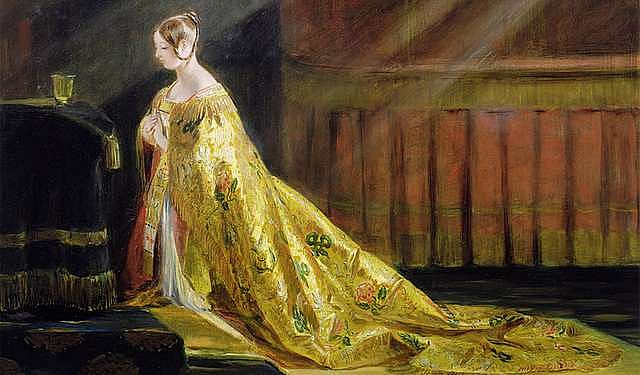
Queen Victoria’s coronation robe is a highly valuable artifact that represents one of the most significant events in British history. The robe, made of luxurious fabrics and adorned with intricate embroidery, was worn by Queen Victoria during her coronation in 1838.
The robe recently sold for $300,000, reflecting its historical significance and the craftsmanship involved in its creation as one of the most valuable artifacts from the Victorian Era. The robe is characterized by its opulent design, including rich fabrics and elaborate embroidery, which highlights the grandeur of the coronation ceremony.
The robe’s value is also tied to its connection to Queen Victoria, one of the most influential monarchs in British history. The coronation was a pivotal moment in her reign and a symbol of her authority and the stability of the British monarchy. The robe is a tangible link to this important event and provides insight into the ceremonial traditions of the time.
The craftsmanship of the robe is a testament to the skill of the artisans who created it as one of the most valuable artifacts from the Victorian Era. The use of luxurious fabrics and intricate embroidery reflects the high standards of Victorian design and the importance placed on ceremonial attire. The robe’s preservation and historical significance contribute to its high market value.
Read More: 8 Best Museums in DC and What They’re Known For
2. Victorian First Edition of Charles Dickens’ A Tale of Two Cities – $350,000
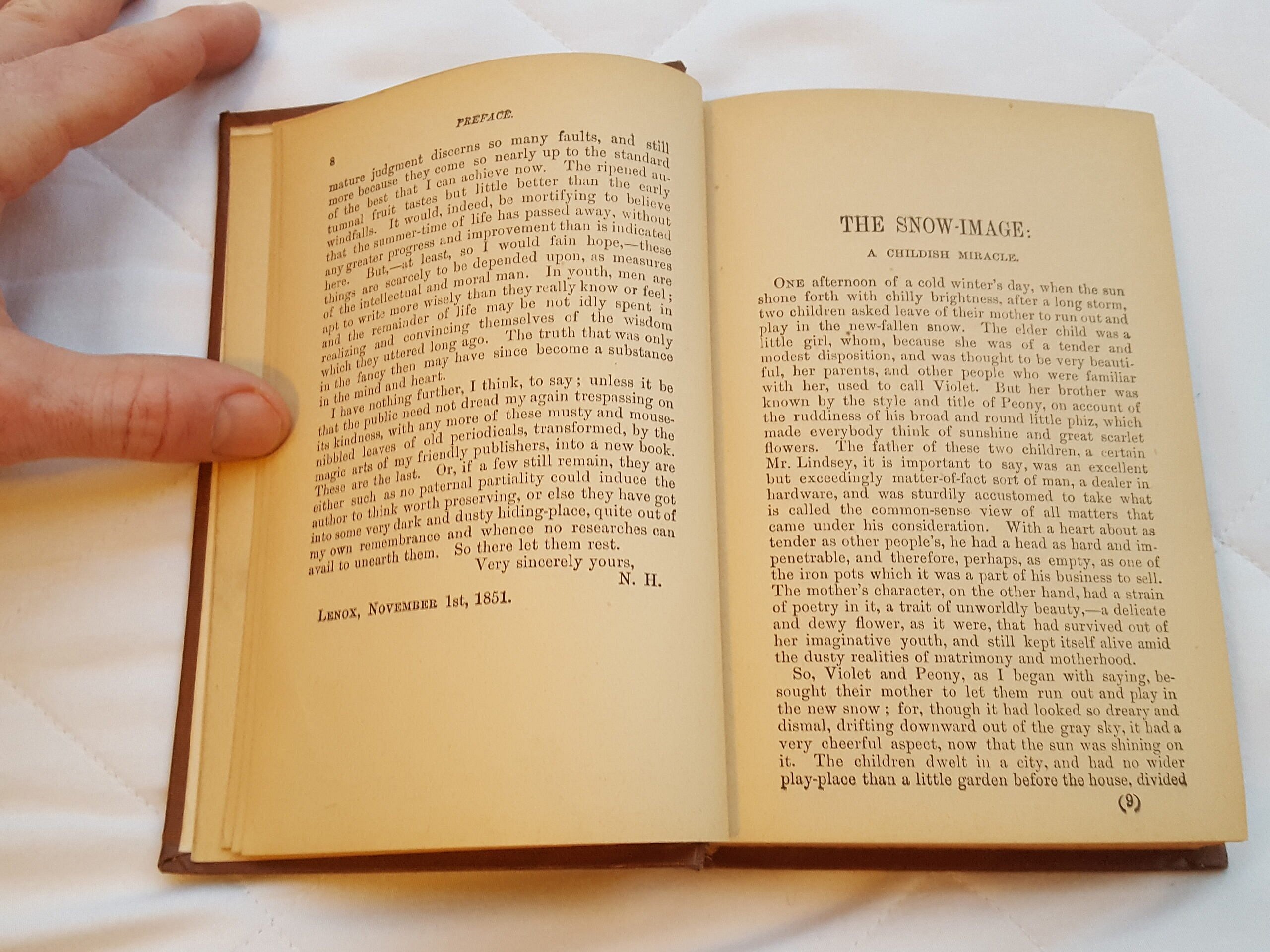
Charles Dickens’ A Tale of Two Cities is one of the most celebrated novels of the Victorian era, and first editions of this book are highly sought after by collectors. Published in 1859, the novel is known for its portrayal of the French Revolution and its memorable opening line, “It was the best of times, it was the worst of times.”
A pristine first edition of A Tale of Two Cities recently achieved a remarkable price of $350,000 at auction. The book’s value is attributed to its rarity, the condition of the first edition, and its significance in literary history as one of the most valuable artifacts from the Victorian Era. Dickens’ novel is a landmark in Victorian literature, offering a powerful narrative set against the backdrop of a tumultuous period in history.
The first edition of A Tale of Two Cities is particularly valuable because of its historical and literary importance. The novel was well-received upon its release and has since become a classic of English literature. Collectors prize first editions for their historical value and their connection to the author and the time in which the book was published as one of the most valuable artifacts from the Victorian Era.
The high value of the book is also influenced by its condition, with pristine copies commanding the highest prices. The first edition is considered a collector’s item and is highly prized for its association with one of Victorian literature’s greatest writers. The book’s enduring popularity and significance contribute to its high market value.
1. Victorian Fabergé Egg – $500,000 – Most Valuable Artifacts From the Victorian Era

Fabergé eggs are synonymous with opulence and luxury, and they hold a special place in the annals of art and history. Created by the renowned Russian jeweler Peter Carl Fabergé, these ornate eggs were first made for Tsar Alexander III and later for his son, Nicholas II, as Easter gifts for their wives and mothers. Although Fabergé eggs are more commonly associated with the Russian imperial court, a few were made for the British market during the Victorian era, reflecting the international fascination with Fabergé’s work.
One such egg, a Victorian Fabergé egg commissioned by a British aristocrat, recently sold for an astounding $500,000. This particular egg, known for its intricate craftsmanship and exquisite detailing, is a masterpiece of design and artistry as most valuable artifacts from the Victorian Era. The egg is adorned with a complex array of precious stones, including diamonds, emeralds, and sapphires, set in a framework of finely worked gold. The interior of the egg often contains a hidden surprise or a delicate miniature scene, showcasing the whimsical nature of Fabergé’s creations.
The high value of this Fabergé egg can be attributed to several factors. Firstly, the rarity of these eggs adds significantly to their worth as the most valuable artifacts from the Victorian Era. Fabergé produced a limited number of eggs, and those created for the British market are particularly scarce. The egg’s intricate design and the skill required to craft it are further elements that enhance its value. The attention to detail in the egg’s decorations and the quality of the gemstones used exemplify the pinnacle of Victorian luxury and craftsmanship.
Moreover, the historical significance of Fabergé eggs adds to their allure as the most valuable artifacts from the Victorian Era. These eggs are not only exquisite examples of high jewelry but also represent the intersection of art, culture, and history. They are coveted by collectors not only for their beauty but also for their connection to a bygone era of imperial elegance.
The value of the Fabergé egg also reflects the ongoing fascination with the craftsmanship of the Victorian era. Fabergé’s creations are celebrated for their innovation and artistry, and they continue to captivate collectors and historians alike as some of the most valuable artifacts from the Victorian Era. This particular egg stands as a testament to the luxurious tastes of the Victorian elite and the global impact of Fabergé’s work.
The most valuable artifacts from the Victorian Era provide a captivating glimpse into a time of remarkable change and cultural richness. From opulent jewelry and intricate furniture to rare manuscripts and personal items of historical figures, these most valuable artifacts from the Victorian Era reflect the grandeur and complexity of 19th-century Britain.
Their high value is a testament to the artistry, craftsmanship, and historical significance of each piece. As we explore these 14 most valuable artifacts from the Victorian Era, we gain a deeper appreciation for the era’s cultural heritage and the enduring allure of its treasures. Each artifact serves as a tangible link to a bygone time, capturing the essence of Victorian opulence and sophistication.


